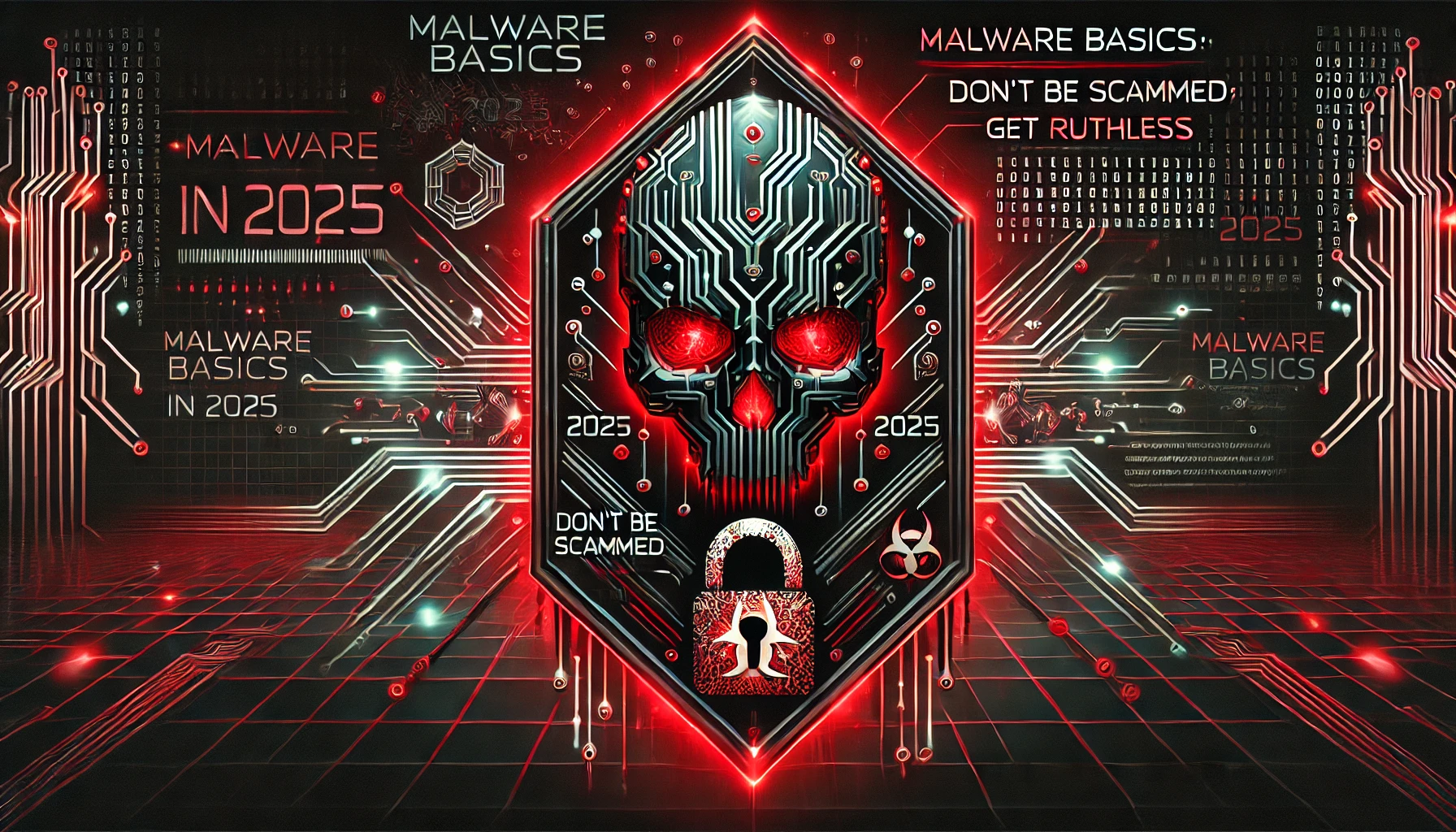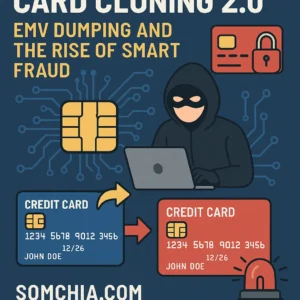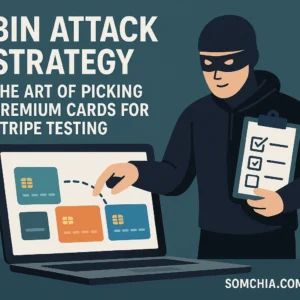Let’s cut the crap. This isn’t 2012. This isn’t some fantasy world where you download a pack of 500 “hack tools,” click a shiny button, and suddenly become the next cyber overlord. No one’s dropping zero-days in your inbox, and if you think GitHub is the fountain of underworld weaponry, you’re already lost. You’re not “in the game” — you’re being played.
This post isn’t for tourists. It’s for the ones bold enough to realize the world of malware in 2025 is not a playground — it’s a war zone. One mistake, one assumption, and you’re not only out of the game — you’re exposed, burned, maybe even behind bars.
“Where’s my 200-RAT MegaPack?”
Gone. Dead. Buried with the script kiddies. You think you’re gonna drop some outdated NetWire knockoff and bypass Microsoft Defender? Try again. EDRs (Endpoint Detection and Response systems) now use behavioral heuristics, cloud-based analytics, and machine learning. Your public crypter is a red flag. Your GitHub RAT is a neon sign saying “please reverse me.”
Native or Nothing
If you’re not building in C, C++, ASM, Go, or Rust — you’re wasting time. Python? Leave that for control panels, not payloads. “But I can pack it into an EXE…” — Stop. Just stop. You’re not fooling anyone. PyInstaller gets flagged in seconds. Want to stay undetected? Go native. Go low-level. Every dependency is a risk. Every abstraction is a weakness. Go in hard or don’t go in at all.
And here’s a voice in my head that never shuts up:
“But AI can generate malware now, can’t it?”
Yeah, and toddlers can scribble blueprints for rockets. Doesn’t mean it’ll fly. AI is a tool — not a ticket. Sure, GPT can help you generate a shellcode loader or brainstorm new obfuscation layers. But if you don’t understand memory allocation, privilege escalation, persistence mechanisms, or OPSEC — that shiny code might just end up betraying you. AI is trained on old tricks. True malware needs new nightmares.
Crypters, Loaders, and the Illusion of Safety
Public stub? Useless. Shared crypter? Suicide. You want runtime stealth? You need a private stub tailored for your payload. No exceptions. Crypters handle static analysis — your tool handles behavior. Understand the distinction, or become another cautionary tale.
RATs? They’re not for “spreading.” They’re for tight, surgical ops — remote access on an RDP box sitting near your target’s location to minimize latency for HVNC or keylogging. You’re not “infecting the world,” you’re infiltrating the few.
Loaders are your scalpel for botnets. Want 10,000 infected machines? Build it modular. Build it clean. Use real persistence logic. Don’t rely on Mirai clones — that era’s over. IoT exploits now cost thousands, and you’ll be lucky to net a few hundred devices before they get patched or reimaged.
DDoS? You’re Dreaming
The “press-button-to-downsite” fantasy is extinct. Stressing services in 2025 requires enormous infrastructure or privileged access. You think you’re the first to try a DNS amplification attack? The internet hardened up while you were still searching for cracked tools on Telegram. The last generation of DDoS kids got locked up. The rest got smarter — or disappeared.
Marketplaces Are Traps
If you’re still searching for malware tools on drug marketplaces or pastebin links, you’re the scammer’s dream. Real tools are traded on actual hacking forums — XSS, Exploit, RAMP, and their ilk. But even there, you’re not welcomed just for showing up. You either bring value or you shut up and learn.
Middlemen don’t help on Russian forums. You behave, you observe, you build rep. Don’t beg. Don’t act thirsty. Lurking doesn’t make you weak — acting like a clown does.
Real-World Wake Up Calls
Let’s talk real consequences.
-
2015, Ukraine’s Power Grid Attack: A perfect blend of RATs, tailored malware, and native binaries. No “downloadable toolkits” — custom payloads crafted for critical infrastructure.
-
2020, SolarWinds Hack: The backdoor was injected during a software update, showing that malware isn’t always about brute force — it’s about trust and precision.
-
2023, LockBit’s downfall: Poor encryption, reused code, and lazy OPSEC led to decryption tools and arrests. Flashy ransomware names mean nothing if your core is trash.
These weren’t pulled off by skids. These were methodical, patient, deliberate — done by people who studied system internals, not “best hacking apps of 2025.”
The Lie of “Free”
Nothing legit in this world is free. If it’s cheap, it’s already burned. If it’s leaked, it’s likely poisoned. If it’s “no skill needed,” then YOU’RE the product. People sell “huge 5,000+ hack tool mega packs” and laugh while you run backdoored EXEs. Wake up. Real players code or pay well — the rest are cannon fodder.
So What’s the Move?
-
Learn to build. Start with system programming. Understand how OS internals work — Windows APIs, syscall hooking, kernel space vs user space, etc.
-
Study persistence techniques. From DLL injection to living off the land (LOLbins: .lnk, PowerShell, .bat, .url, .svg) — use what the OS already trusts.
-
Stay modular. More features = more detection. Build lean loaders. Keep payloads small. Expand after you own.
-
Buy a cert. If you’ve got the money, buy a real certificate. Sign your malware. It buys you time, bypasses SmartScreen, and delays sandbox analysis.
-
Launch with timing. Big game drops (GTA VI, COD, etc.)? That’s prime time. Hide loaders in cracked game patches, “trainers,” and mods. Infection goes viral when curiosity peaks.
Need Funding for Business and Personal Needs ? Use the Somchia.com Money Transfer Hacker Services.
Final Thought: Earn Your Ghost
If you want to be invisible, first you need to be real. Fake tools, fake skills, and fake personas get spotted and stomped fast. Real ghosts are built, not bought. If you’re serious, put in the damn work. If not — stay off the battlefield.
Because in this game, you don’t just lose money.
You lose time.
You lose freedom.
You lose face.
So yeah — malware basics?
There are no basics. Only predators and prey.
Pick a side.






